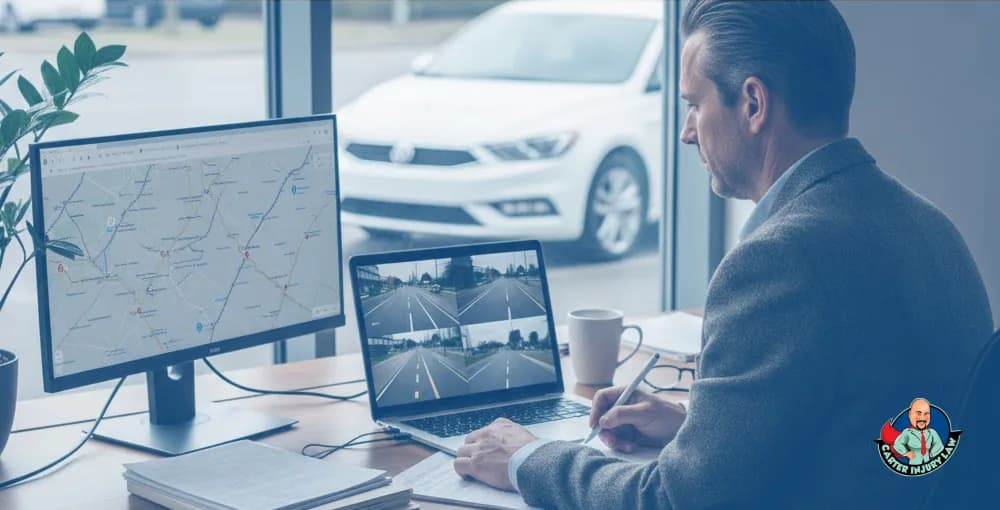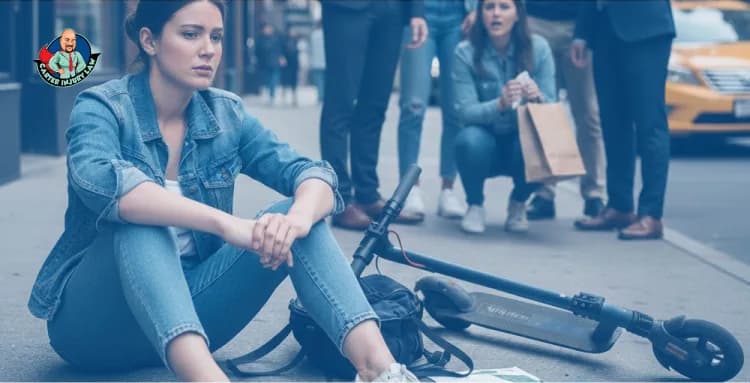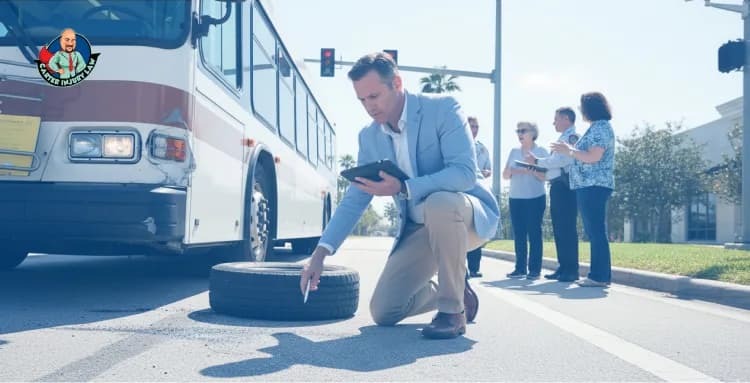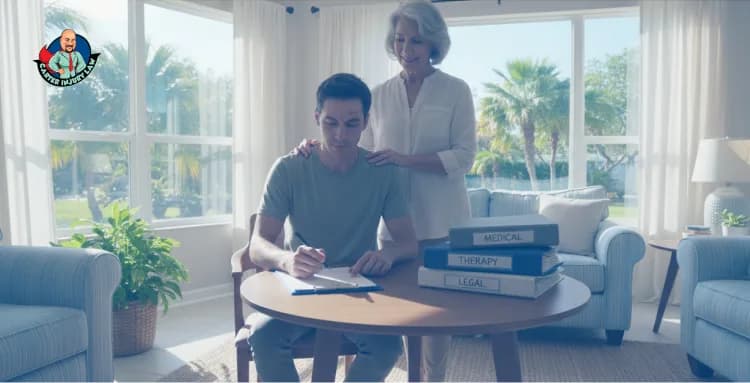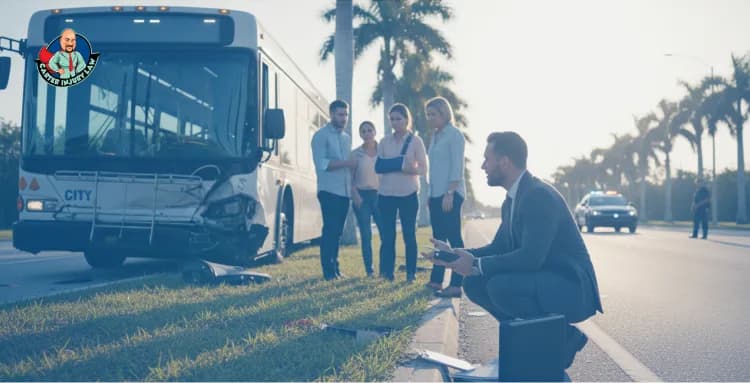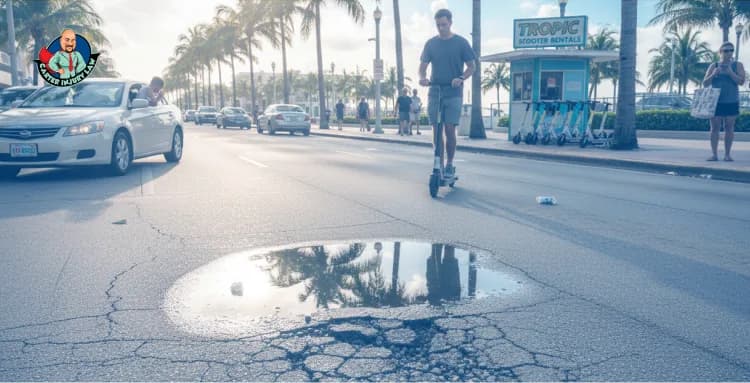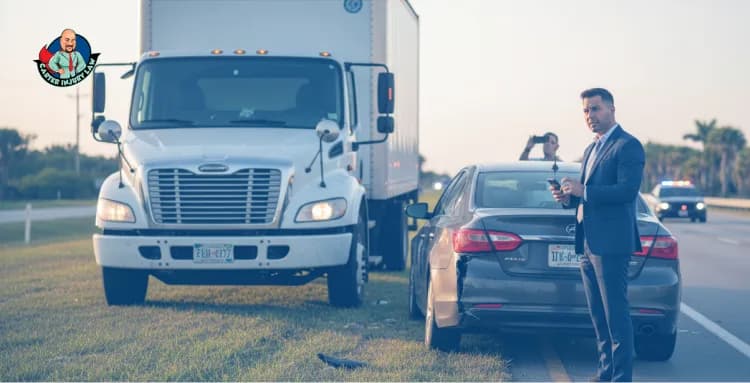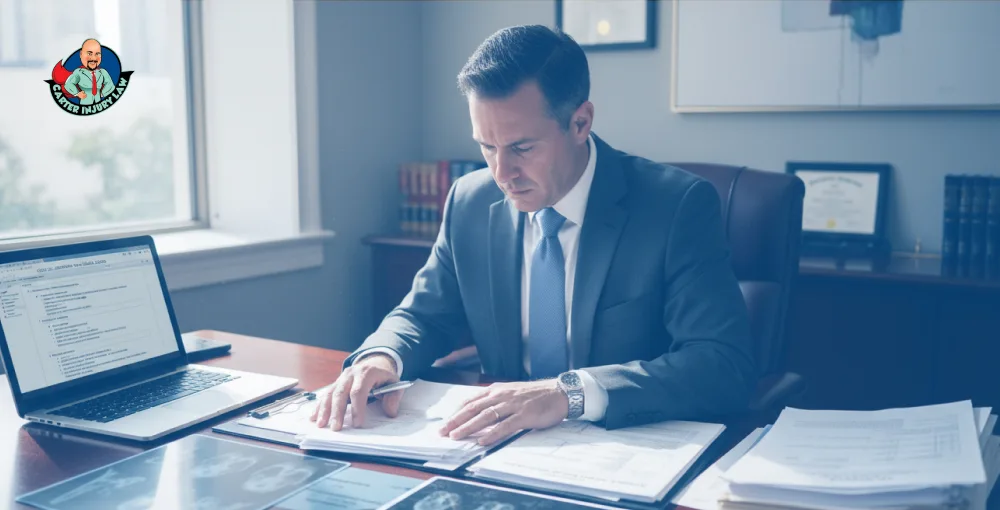I’ve spent years sitting across from people whose lives were turned upside down in the space of a crosswalk. One moment you are heading home with groceries in your hand, the next you are on the ground, blindsided by a car with an Uber decal in the window. I’ve listened to the way people describe that mix of shock, pain, and disbelief, and I never forget it.
What troubles me most is how quickly a pedestrian goes from being the clear victim to being treated like they somehow caused their own injuries. Insurance adjusters are trained to turn sympathy into suspicion, and they do it fast.
That’s where my work begins, and why I never take these cases lightly. Because the truth is, the rideshare driver isn’t the only one you’re really up against...
(1) Your Rights When You’re Hit by a Rideshare in Florida
When you are on foot, the law does not see you as powerless, it sees you as protected. Drivers owe pedestrians a duty of care every time they get behind the wheel. That means they must stay alert, follow traffic laws, and yield when required. It sounds simple, but I’ve seen too many cases where a distracted glance at a phone or a rushed turn across an intersection leaves someone badly hurt.
If you are in a marked crosswalk, Florida law gives you the right of way. That’s not a suggestion, it’s a legal command that drivers are expected to respect. At the same time, the law is not blind to reality. Pedestrians are expected to use reasonable care too, which means not stepping into traffic against a signal or walking out from between parked cars in the dark. Still, even in those gray moments, you are not automatically at fault.
One of the most common questions I hear is, “Do I even have a case if I wasn’t in the crosswalk?” My answer is always the same: your rights do not vanish just because you weren’t standing on painted lines. Fault in Florida is shared based on the circumstances, not decided in a snap judgment.
That distinction matters, because insurance companies thrive on twisting blame. My role is to make sure the focus stays where it belongs, on the driver who failed in their duty to keep you safe. That is the starting point for every case I take.
(2) How Uber and Lyft Insurance Can Protect You (If You Know the Rules)
In any rideshare accident, the key factor is the driver’s status at the moment of impact. Coverage depends on whether the Uber or Lyft app was on, off, or in use. This single detail can be the difference between fighting over a driver’s personal policy and having access to a million-dollar insurance plan.
Here’s how it works in practice. If the app is off, the driver is just another motorist. That means their personal insurance is what applies, and if it’s the bare minimum, the coverage may be thin.
If the app is on but no ride has been accepted, there is limited coverage available. It’s better than nothing, but it rarely covers the true cost of serious injuries.
The turning point comes when the driver has accepted a ride or has a passenger in the car. That’s when Uber and Lyft’s full commercial coverage applies, often up to one million dollars for injuries and damages. In my experience, this is where the battle with the insurance companies becomes most intense, because now they have far more to lose.
The problem is, the rideshare companies will not volunteer this information. I’ve seen them drag their feet on confirming a driver’s status, and I know how quickly evidence can get lost in the shuffle. That’s why I press hard, right from the start.
(3) Who’s Really at Fault? Florida’s Rules on Blame
After nearly every pedestrian accident, I hear the same worry: What if I was partly to blame? Maybe you crossed outside a crosswalk, maybe the light had just turned, maybe you were looking at your phone. In Florida, those details matter, but they do not erase your rights.
Florida follows what’s called comparative negligence. If you are 50% or less at fault, you can still recover damages. Your compensation is reduced by your share of responsibility, but it doesn’t disappear. For example, if a jury finds you 20% at fault because you crossed mid-block, and your damages are $100,000, you can still recover $80,000.
The line is drawn at more than 50% fault. If the driver’s insurance can convince a court or jury that you were mostly to blame, your recovery ends there. This is why their adjusters are trained to pounce on every tiny detail of your actions. They will ask about where you were standing, what you were wearing, whether you hesitated before stepping forward.
That’s where I come in. My job is to make sure fault is not twisted or exaggerated against you. A distracted driver in a two-ton vehicle has far more responsibility than a person trying to get across the street. The law recognizes that difference, but only if someone insists on it.
Comparative fault is meant to share responsibility fairly, not to let billion-dollar insurers duck their obligations. And when you know how the system really works, you stop feeling powerless and start reclaiming the ground you lost in that single terrible moment.
(4) What Damages Can Be Recovered
After the chaos of an accident, the first thing people ask me is how they are supposed to keep their lives afloat while they heal. Medical bills do not wait, and neither do rent or groceries. That’s why understanding what damages you can recover is not about legal theory, it’s about survival.
The law in Florida allows pedestrians to seek compensation for both economic and non-economic losses. Economic damages cover the tangible costs, like hospital stays, surgeries, physical therapy, and lost wages. If your injuries keep you out of work or force you to change careers, those future losses can also be included.
Then there are the harder-to-measure harms. Pain and suffering, the daily frustration of not being able to move freely, the fear of stepping into a crosswalk again, these are real damages. I’ve seen them eat away at clients long after the stitches healed.
Sometimes the injuries are permanent. A limp that never fully goes away, a scar that changes the way someone looks in the mirror, or the chronic pain that lingers for years. These are life-altering injuries, and the law recognizes their weight.
When I pursue a case, I make sure every one of these losses is put on the table. Because the goal is not just to cover bills, it’s to restore your integrity and give you the means to rebuild your life. That is what damages are truly about.
(5) Moving Quickly After an Accident Helps The Most
Time is one of the most dangerous enemies after a rideshare accident. The longer you wait, the harder it becomes to protect your rights. I’ve seen critical pieces of evidence vanish because no one moved fast enough to secure them.
Video footage from nearby businesses can be erased within days. Witnesses forget details or disappear. Even the electronic records from Uber or Lyft that show when the app was on can slip away if no one demands them early. Every hour that passes makes the case harder to prove.
Florida also has a strict clock running in the background. You have 2 years to file a personal injury lawsuit, but waiting that long is a mistake. The best cases are built in the days and weeks after the accident.
I always tell clients, calling me quickly does not mean rushing into a lawsuit. It means protecting your story before others try to rewrite it. Insurance companies are already moving against you from the moment the crash is reported. The sooner I step in, the sooner I can lock down evidence, secure medical documentation, and push back against the adjusters trying to minimize your claim.
In cases like these, delay can cost justice.
(6) How I Fight for You Without Charging a Dime Upfront
When I take on a case, I see people who are just trying to get their lives back on track. You did not ask for this accident, and you should not have to carry the weight of it alone. My role is to stand between you and the insurance companies, to make sure your rights are not just words on paper but real protections you can rely on.
We work on a contingency fee basis. That means you owe us nothing unless we win your case. I’ve always believed justice should not depend on the size of your bank account. If you are facing medical bills, lost wages, and the pain of recovery, the last thing you need is another bill for legal fees.
When I fight these cases, I fight them as if it were my own family in your place. I push back against every attempt to shift blame, I chase every piece of evidence, and I press every insurer to honor their obligations.
Because at the end of the day, you are a person who deserves dignity, protection, and a fair chance at recovery. That is why I do this work, and why I will not back down.




